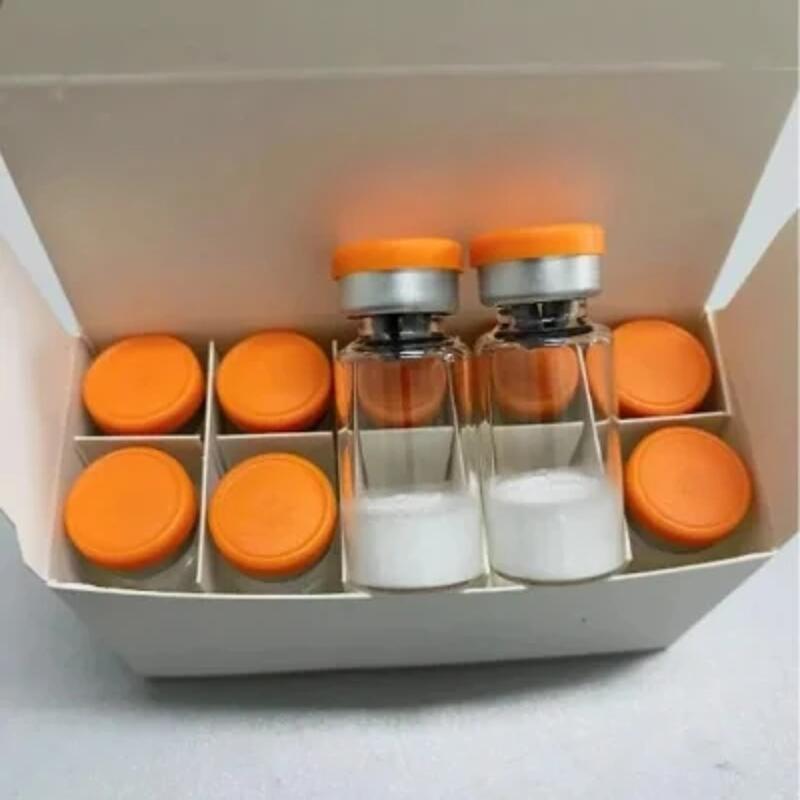-
Categories
-
Pharmaceutical Intermediates
-
Active Pharmaceutical Ingredients
-
Food Additives
- Industrial Coatings
- Agrochemicals
- Dyes and Pigments
- Surfactant
- Flavors and Fragrances
- Chemical Reagents
- Catalyst and Auxiliary
- Natural Products
- Inorganic Chemistry
-
Organic Chemistry
-
Biochemical Engineering
- Analytical Chemistry
-
Cosmetic Ingredient
- Water Treatment Chemical
-
Pharmaceutical Intermediates
Promotion
ECHEMI Mall
Wholesale
Weekly Price
Exhibition
News
-
Trade Service
9-Bromo-10-(2-naphthyl)anthracene, commonly referred to as 9-NBAN, is a fluorescent molecule that is widely used in various applications within the chemical industry.
One of its primary uses is as a tracer dye in chromatography, where it is used to track the movement of molecules through a column.
It is also used as a fluorescent label in fluorescence-based assays, such as ELISA and immunohistochemistry, to detect the presence of specific molecules.
Despite its widespread use, there are concerns regarding the safety of 9-NBAN.
In this article, we will explore the potential hazards associated with the use of this compound and discuss measures that can be taken to ensure its safe handling and use.
Hazardous Properties of 9-NBAN
9-NBAN has several hazardous properties that must be considered when handling this compound.
One of its most significant hazards is its ability to cause skin irritation.
Prolonged exposure to the skin can lead to skin redness and blistering.
Additionally, the vapor or mist of 9-NBAN can be inhaled, which can cause irritation to the respiratory system, including coughing, shortness of breath, and wheezing.
Ingestion of 9-NBAN can also be harmful.
This compound is not significantly absorbed through the skin, but if it is ingested, it can be harmful to the liver and kidneys.
Chronic exposure to high concentrations of 9-NBAN can also cause damage to these organs.
Health Hazards of 9-NBAN
9-NBAN is known to be toxic to living cells, and prolonged exposure to high concentrations of this compound can result in cell death.
This toxicity makes it a useful tool in scientific research, as it can be used to study the effects of compounds on living cells.
However, it is important to handle 9-NBAN with caution, as it can cause a variety of adverse effects in both in vitro and in vivo studies.
In research settings, it is often used at concentrations ranging from 1 to 10 µM.
At these concentrations, it is generally safe to handle, but higher concentrations can be toxic to cells.
In addition to its toxicity to living cells, 9-NBAN is also a potential mutagen.
This means that it has the ability to cause genetic mutations that can lead to the development of cancer.
While the evidence for its genotoxicity is still limited, it is important to handle 9-NBAN with caution to minimize potential risks.
Safe Handling of 9-NBAN
To ensure the safe handling of 9-NBAN, it is important to follow proper safety protocols and guidelines.
This includes wearing appropriate personal protective equipment (PPE), such as gloves and goggles, when handling the compound.
It is also important to use appropriate ventilation to minimize inhalation of vapors or mists.
In addition to proper PPE and ventilation, it is important to handle 9-NBAN in a well-ventilated area and to avoid contact with the skin or ingestion of the compound.
If you do come into contact with 9-NBAN, it is important to wash your skin immediately with soap and water, and to seek medical attention if you experience any adverse effects.
Conclusion
9-NBAN is a useful tool in the chemical industry, but its potential hazards must be carefully considered and addressed.
To ensure the safe handling of this compound, it is important to follow proper safety protocols and guidelines, including the use of appropriate PPE and ventilation.
Additionally, it is important to minimize prolonged exposure to 9-NBAN and to handle it in a well-ventilated area.




![9-[1,1'-biphenyl]-4-yl-3,3'-Bi-9H-carbazole](https://file.echemi.com/fileManage/upload/category/ac71ac0d-8ef6-11ec-89e5-fa163ed06441.png)


